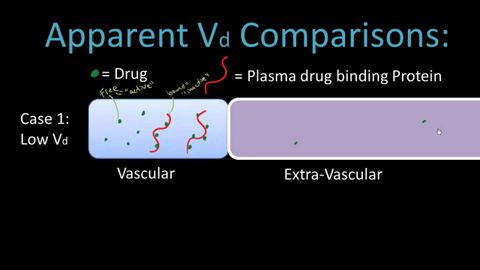
Subtitles & vocabulary
Volume of Distribution - Pharmacology Lect 5
00
Yu Syuan Luo posted on 2013/10/28Save
Video vocabulary
remember
US /rɪˈmɛmbɚ/
・
UK /rɪ'membə(r)/
- Transitive Verb
- To give someone a gift, e.g. birthday, wedding
- To hold a thought in your mind to not forget it
A1TOEIC
More fat
US /fæt/
・
UK /fæt/
- Uncountable Noun
- Amount beyond what is usual or necessary
- Oily part of meat
- Adjective
- Having too much weight for the body size
- Bringing or having a large amount of money
A1
More give
US /ɡɪv/
・
UK /ɡɪv/
- Uncountable Noun
- Degree of flexibility in something, a material
- Transitive Verb
- To hand over or present something to someone
- To cause someone to have or experience something
A1
More body
US /ˈbɑdi/
・
UK /ˈbɒd.i/
- Noun (Countable/Uncountable)
- An object distinct from other objects
- A group of people involved in an activity together
A1
More Use Energy
Unlock All Vocabulary
Unlock pronunciation, explanations, and filters
